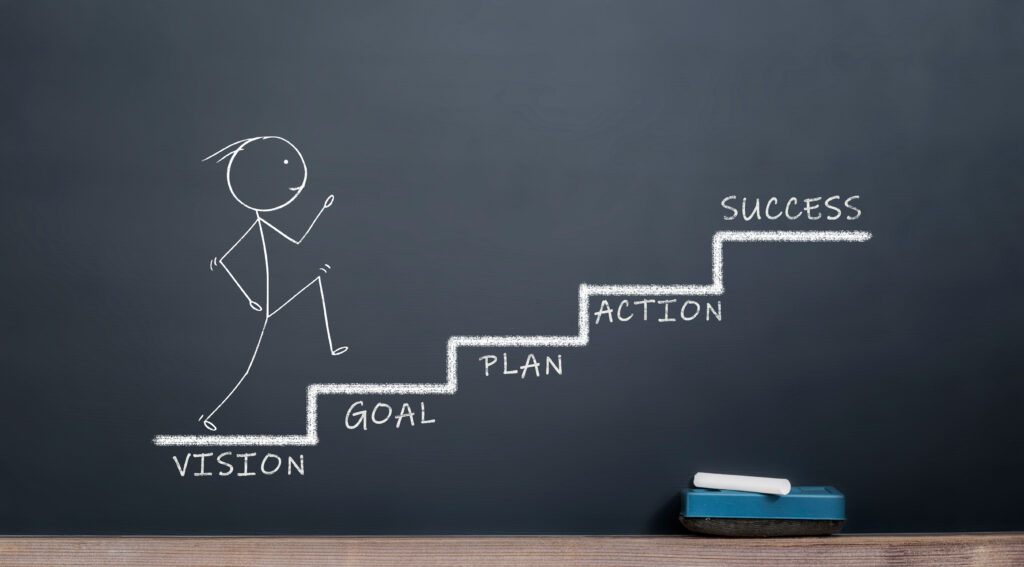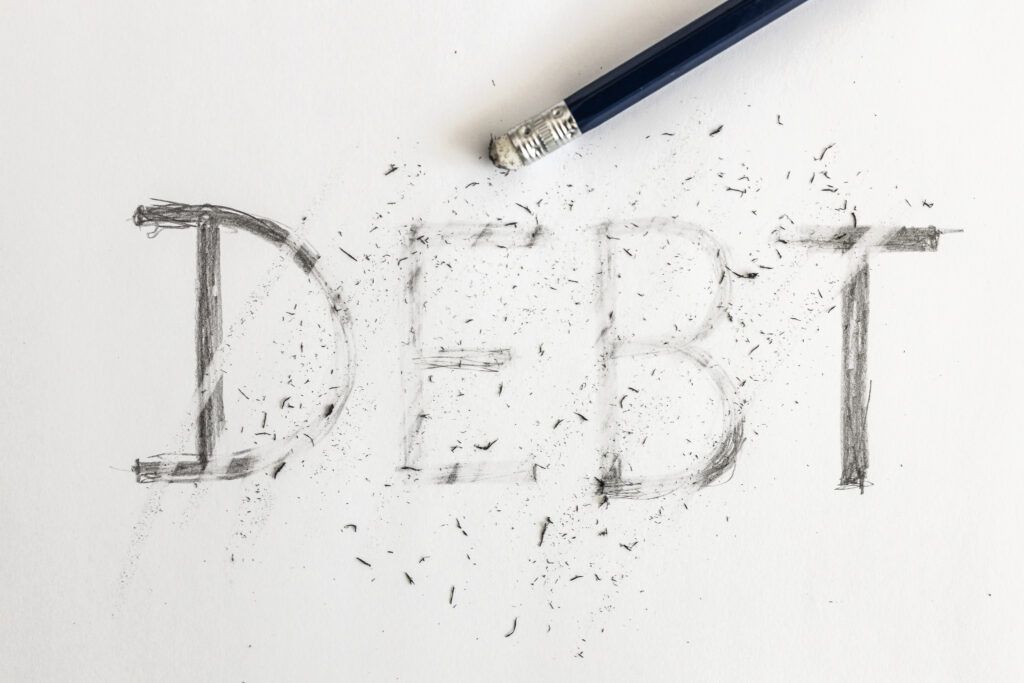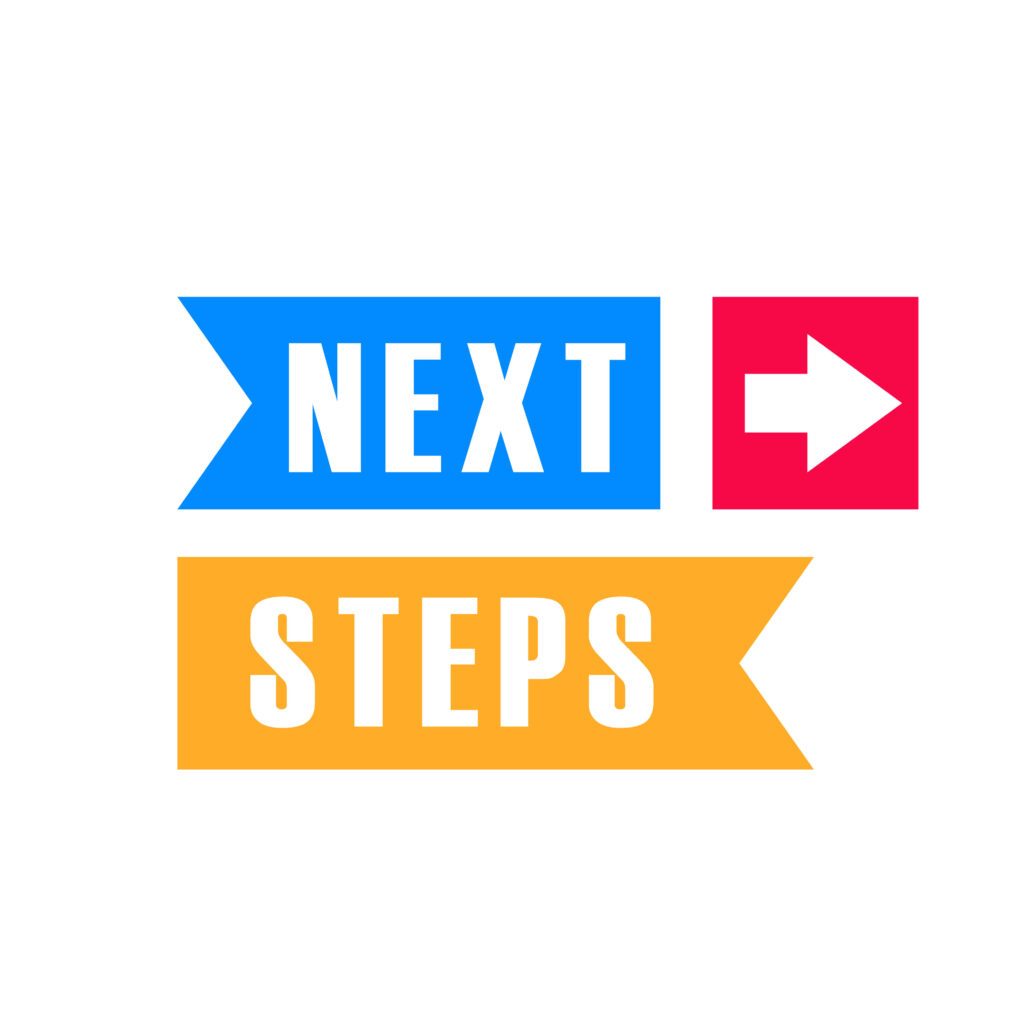Debt consolidation is all about rolling multiple debts into one neat package. It’s like turning a small herd of loans into a singular, manageable one. This can seriously simplify things, making payments less of a headache each month.
We’re talking about debts from credit cards, student loans, and even personal loans. These are common culprits eligible for consolidation. They each have their own quirks and qualms, but they can be tucked under a single roof to ease management.
Now, there’s some good and some not-so-good news with consolidating. For those in favor, you get possible lower interest rates, fewer monthly payments, and maybe even a psychological break seeing less clutter on your statement. On the flip side, it can sometimes extend your time in debt or lead to higher costs if the rates aren’t friendly.
Interest rates play a starring role here, affecting how much you end up paying in the long run. The lower, the better, right? So, your goal is to scoop up a consolidation option that offers a rate far friendlier than those you’re currently battling.
This blog is supported by readers like you. When you buy through links on our site, an affiliate commission may be earned.
Contents
Steps to Getting Started with Debt Consolidation

Before jumping into debt consolidation, it’s key to get a clear picture of your financial situation. Think about it like cleaning out your closet before moving. Start by setting up a budget to understand your income, expenses, and how much debt you’re really dealing with. This will help you figure out what kind of consolidation option could work best.
There are several ways to consolidate debt. Some people might lean towards a loan specifically for consolidation. Others might find a balance transfer card appealing, especially if it comes with a low initial interest rate. For those who prefer a personal touch, working with a financial advisor can provide direction tailored to individual needs.
Picking the right lender is also crucial. Interest rates can vary wildly, and fees might pop up if you’re not careful. Therefore, shopping around and comparing options can save you a ton in the long run. Look not just at the rates, but also at the terms and conditions that come with them.
Before any of this can happen, gathering all the necessary paperwork is a must. This might include past loan statements, credit card bills, and proof of income. Having these docs ready can speed things up, making the consolidation process go smoother and potentially stress-free.
Step-by-Step Decision Framework: Is Debt Consolidation Right for You?
1. Check Your Debt Situation
- How many debts do you have?
- What are the balances, interest rates, and minimum payments?
- Are you mostly dealing with credit cards, personal loans, or medical bills?
👉 Tip: Consolidation works best when you have multiple high-interest debts that feel unmanageable.
2. Review Your Credit Score
- 670+ = more likely to qualify for good terms on consolidation loans or 0% APR balance transfer cards.
- Below 600 = you may face high rates, and alternatives like credit counseling might be better.
👉 Rule of thumb: The higher your score, the more options you have.
3. Compare Consolidation Options
Here’s a quick snapshot:
| Option | Best For | Pros | Cons |
|---|---|---|---|
| Personal Loan | People with steady income & fair/good credit | Fixed payments, predictable payoff | May require higher credit score |
| Balance Transfer Card | Good/excellent credit & discipline | 0% APR intro period | Fees & risk of running up old cards again |
| Home Equity Loan/HELOC | Homeowners | Lower rates, larger amounts | Risk of losing your home if you default |
| Debt Management Plan | Low credit score, need structure | Professional guidance, creditor negotiation | Usually 3–5 year commitment |
4. Run the Numbers
- Compare your current total monthly payments vs. what they’d be under consolidation.
- Estimate total interest saved over the payoff period.
- Ask yourself: Does this option shorten my payoff timeline and reduce stress?
5. Evaluate Your Habits
- Are you likely to use credit cards again after consolidation?
- Do you have (or plan to build) an emergency fund?
- Are you committed to a budget that prevents re-debt?
👉 Consolidation without new financial habits = short-term relief, long-term pain.
6. Make Your Decision
- If the math works, your credit is stable, and you’re ready to commit → consolidation could be the right move.
- If not, consider alternatives like settlement, counseling, or bankruptcy.
How Long Will It Take to Pay Off $20,000 in Credit Card Debt?

Tackling $20,000 of credit card debt might seem like a climb, but breaking it down makes it manageable. The time it’ll take to pay off depends on several factors like the interest rates, how much you can pay each month, and the terms you agree to.
Interest rates can heavily influence the repayment timeline. A high-interest rate can keep you paying mostly interest, barely denting the principal amount. That’s why those lower rates from consolidation options can be a game changer, potentially shortening the repayment period.
Let’s look at some example scenarios. If you’ve got a rate of around 15% and you only pay the minimum, you might be looking at over 20 years to clear your debt. But if you manage to pay more, say $500 monthly, you’re cutting that time significantly, down to under 5 years or even less.
Using tools and calculators online can help visualize these repayment timelines. They can show you how adding a little extra to each payment or lowering expenses to free up more money can drastically reduce the time stuck under debt.
To make the payoff faster, consider strategies like making extra payments when possible. Cutting unnecessary expenses or finding additional income can also help turn the situation around faster than you might think.

Fostering Financial Health Beyond Debt Consolidation
Debt consolidation can be a fantastic tool for getting a handle on finances, but the journey doesn’t end there. To safeguard against falling back into old habits, consider building up an emergency fund. Having some cash ready for unexpected expenses makes it less likely you’ll need to swipe the credit card for unplanned costs.
Credit counseling and financial education can also be valuable allies. These resources can offer insights into managing money better and provide guidance tailored to personal circumstances. Whether it’s through online courses or meeting with a financial advisor, these lessons can have a lasting impact.
Developing new financial habits is crucial for long-term stability. This might mean creating a spending plan you can stick to or setting up automatic transfers to savings accounts. Little changes like these add up over time, making a big difference in achieving financial goals.


Really clear breakdown! Quick question—does consolidation hurt your credit short-term before helping long-term? And are some debts, like medical or payday loans, tougher to roll in? Lastly, is choosing between a loan, balance transfer, or debt program more about rates or payoff time?
Great questions! Consolidation can dip your credit short-term from new inquiries but helps long-term with on-time payments. Medical debt usually consolidates easier than payday loans. The “best” option often comes down to rates and repayment timeline—whichever saves you more overall.